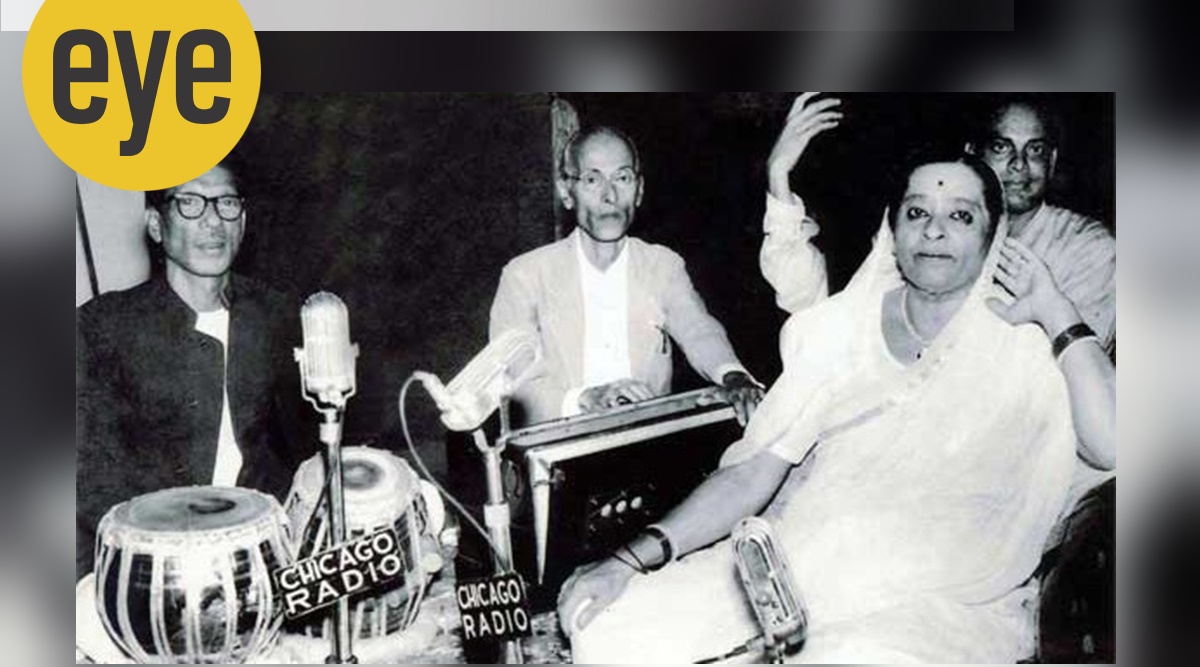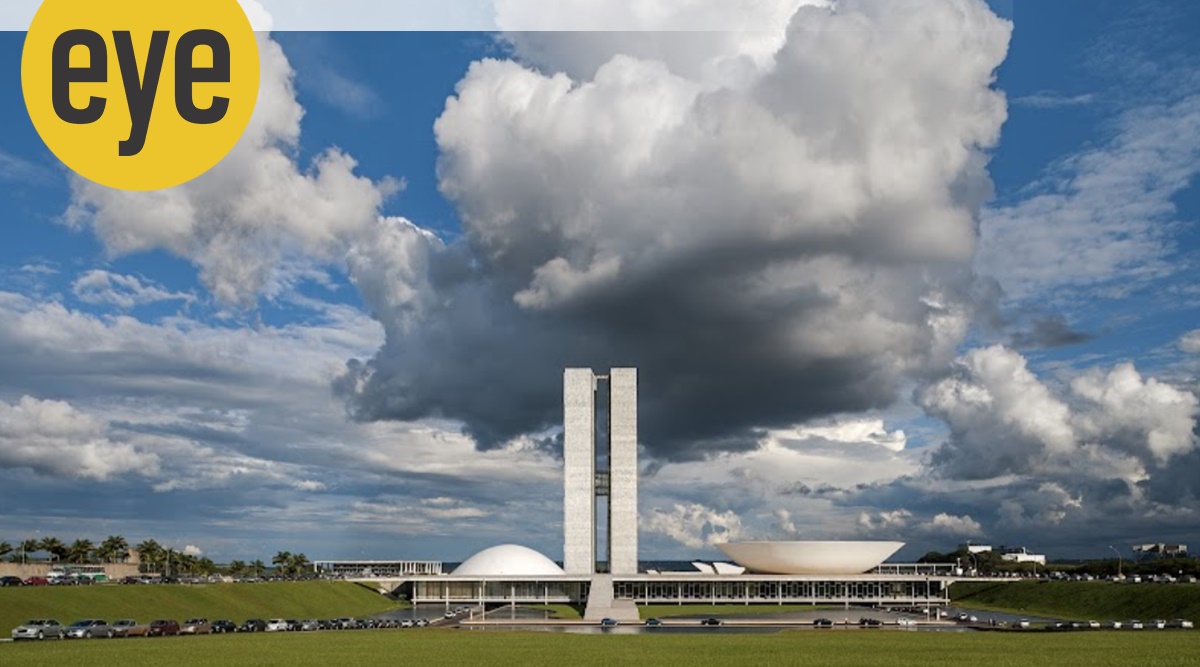Latest Comment
Post Comment
Read Comments
 Paint me a new world: Students preparing for the art fair at the Faculty of Fine Arts in 1968 (Source: Jyoti Bhatt Archive, Asia Art Archive)
Paint me a new world: Students preparing for the art fair at the Faculty of Fine Arts in 1968 (Source: Jyoti Bhatt Archive, Asia Art Archive)The changing fortunes of the Faculty of Fine Arts at MSU in Baroda, one of India’s premier art institutions
Artist Vivan Sundaram distinctly remembers the excitement that preceded the inaugural art fair at the Faculty of Fine Arts (FFA) at the Maharaja Sayajirao University (MSU) in Baroda in 1961. He was pursuing his Bachelor’s in painting when the first edition of the fair was held and he recalls how the faculty and students were agog with anticipation. “It brought together students from different departments. We were asked to be as innovative as possible with our works meant for public viewing. It was a lovely learning process,” says Sundaram, 79.
Jathedar of Akal Takht wants harmonium replaced from Gurbani sangeet; but is it still a foreign instrument?
 Let the music play: Yashwantrao Kerkar on the table, Padharinath Kale on the harmonium with vocalist Kesarbai Kerkar (Photo credit: Three Essays Collective)
Let the music play: Yashwantrao Kerkar on the table, Padharinath Kale on the harmonium with vocalist Kesarbai Kerkar (Photo credit: Three Essays Collective)
In the first half of the 19th century, when French musician Alexandre Debain was working on a reed organ called the harmonium that he would patent in 1840, he could have never factored in the acceptance the musical instrument would find thousands of miles away in the Indian subcontinent. Part of the proscenium alongside legendary musicians such as Kumar Gandharva, Pandit Bhimsen Joshi, and Kishori Amonkar; a quintessential accompaniment to film music, and accessible equally to the rich and the poor, the harmonium would become a familiar presence in the region, adopted by different communities and faiths. The humble baaja would make its way into temples, gurdwaras, and dargahs with much fortitude and be played alongside shabads, Krishna bhajans, and Sufiana qalams. “The harmonium has never felt un-Indian. The acceptance also came from music itself being a universal concept,” says Delhi-based harmonium exponent and assistant professor at Delhi University, Vinay Mishra.
Meet Usha Jey whose hip-hop Bharatanatyam blend went viral this week
 Usha Jey is a full-time choreographer, movement director, and dancer in Paris. (Photo credit: Ronald Ragavan)
Usha Jey is a full-time choreographer, movement director, and dancer in Paris. (Photo credit: Ronald Ragavan)
Earlier this week, Usha Jey, a 25-year-old Paris-based dancer and choreographer, uploaded her video on Instagram that merged two completely unrelated dance forms — Bharatanatyam and hip-hop — in an attempt to cover the really long distance between them. The result is a stunning mélange as Bharatanatyam adavus (basic steps) hold with popping, locking and breaking effortlessly. Jey, with Mithuja and Janusha (Tamil-Sri Lankan Bharatanatyam dancers from Switzerland), shift personalities with every step as they dance to American rapper Lil Wayne’s 2018 hit, Uproar. “I call it hybrid Bharatanatyam. It is my way of switching between hip-hop and Bharatanatyam, two dance forms that I love, learn, and respect,” says Jey, in an email.
What our eyes can teach us
 A fawn poised to flee as it senses danger. (Photo: Ranjit Lal)
A fawn poised to flee as it senses danger. (Photo: Ranjit Lal)
Scientists and field biologists learn a lot about the behaviour of the animals they are studying – a process that can take decades. (Jane Goodall spent 40 years studying chimpanzees). For you and me, there’s no need to dedicate a lifetime to this work – unless you are obsessed. And yet, by just casually watching animals, be they wild or domesticated, there’s a lot we can pick up that could prove beneficial to us in our ordinary humdrum lives.
What makes Brasília iconic on the world architecture map
 Parliament image by Leonardo Finotti (courtesy: The Embassy of Brazil)
Parliament image by Leonardo Finotti (courtesy: The Embassy of Brazil)
It took under four years, a determined President, his favourite architect and the wide savannah to make Brasília, the capital of Brazil. If it wasn’t ambitious enough to move the capital from the seaside city of Rio de Janeiro into the interiors, it was equally audacious to imagine the shift more than 900 km away could connect the rest of the country through highways and nudge people to come and settle in the middle of nowhere. But more than half a century later, Brasília inspires the world with its iconic structures.